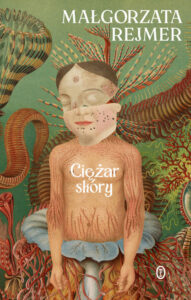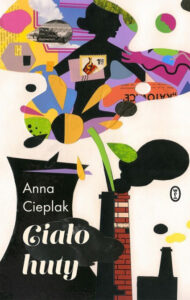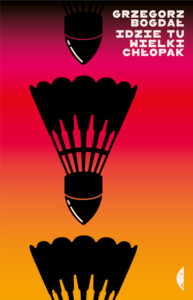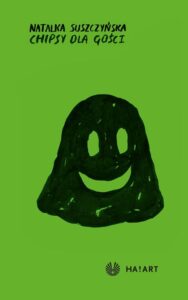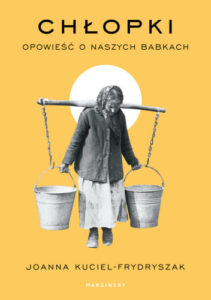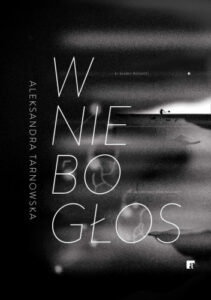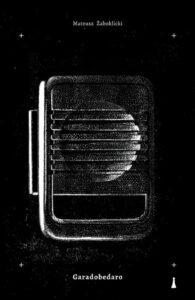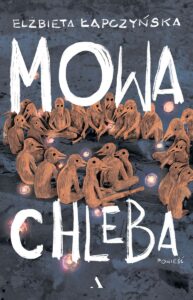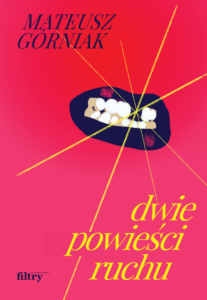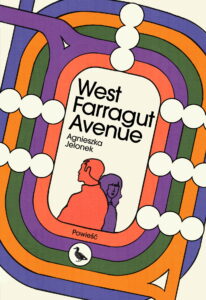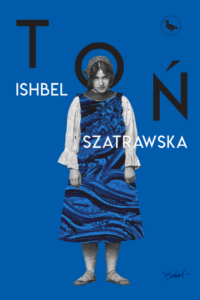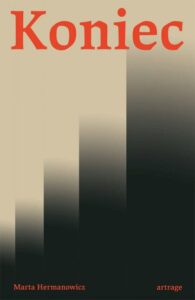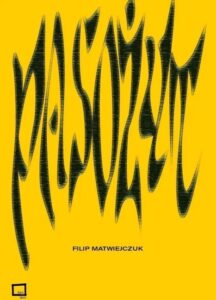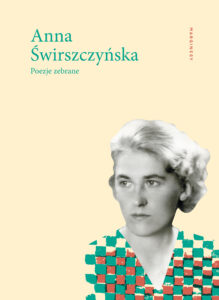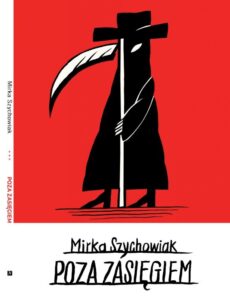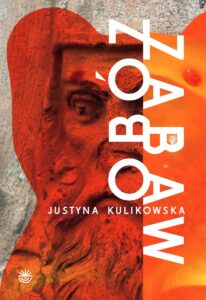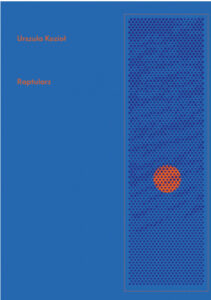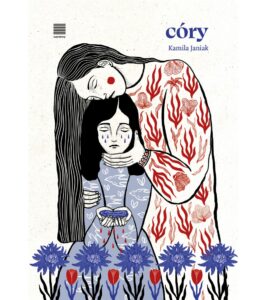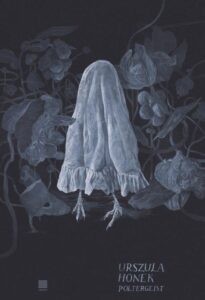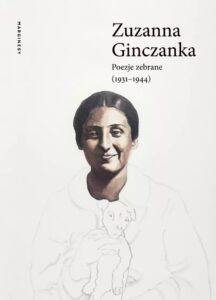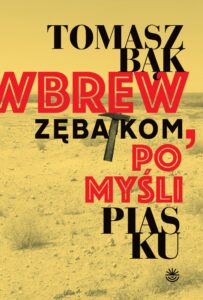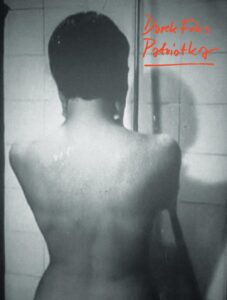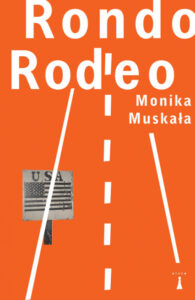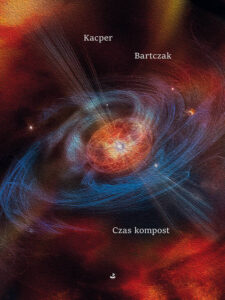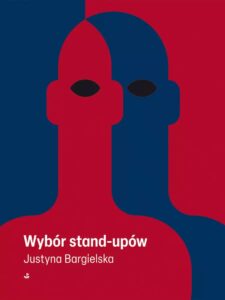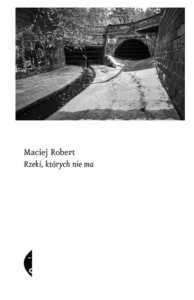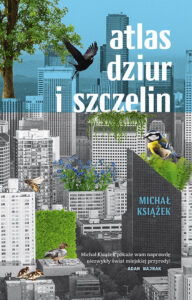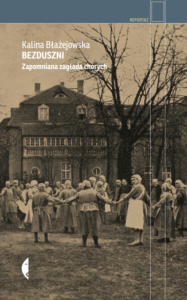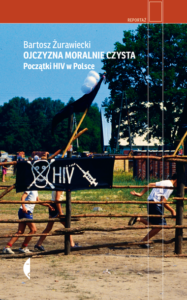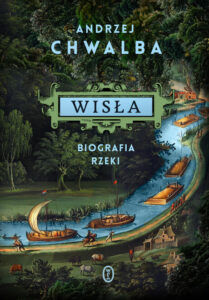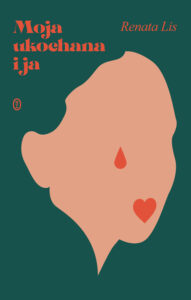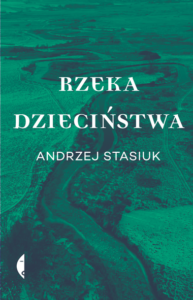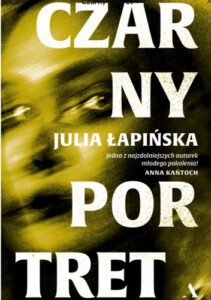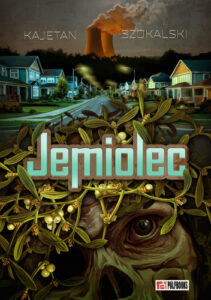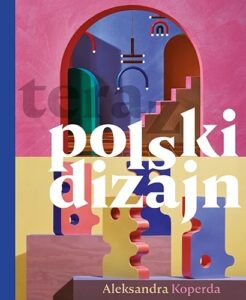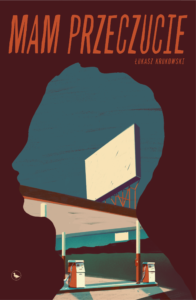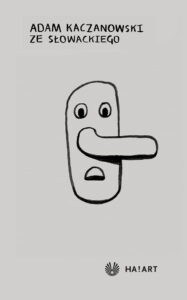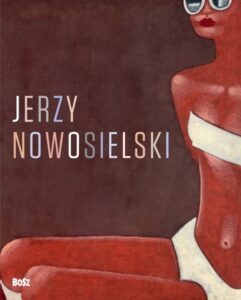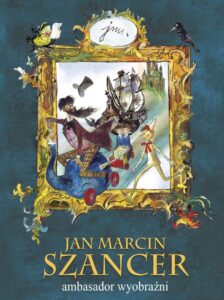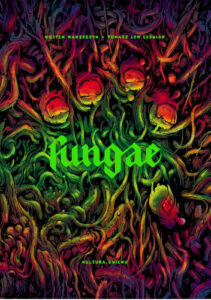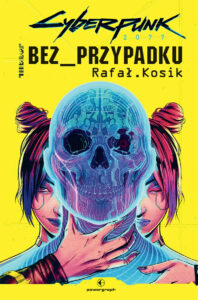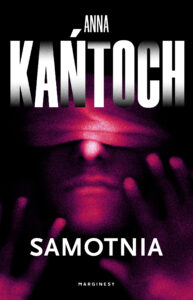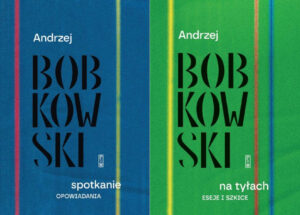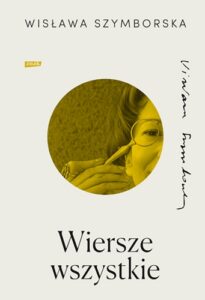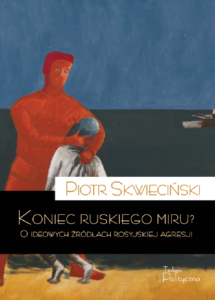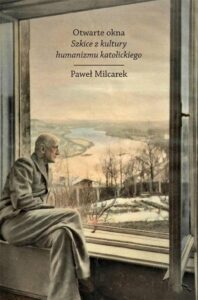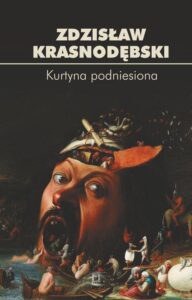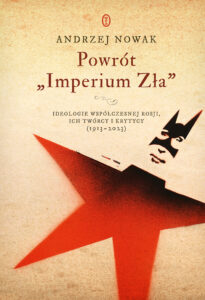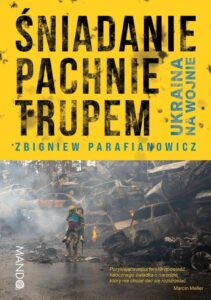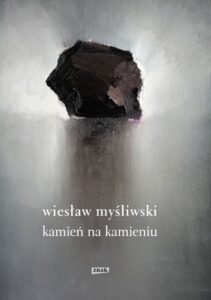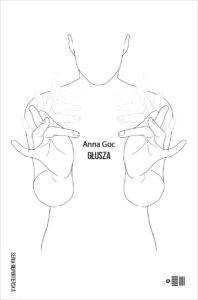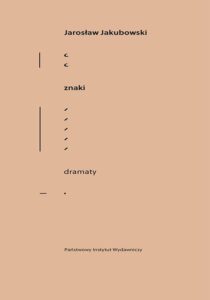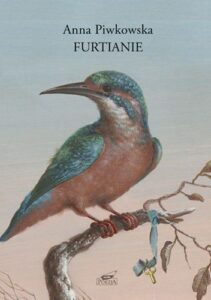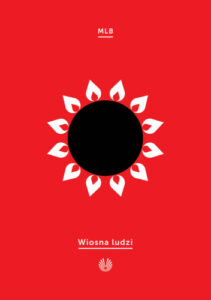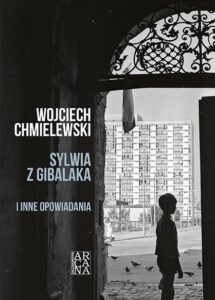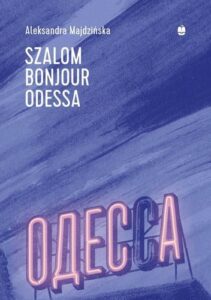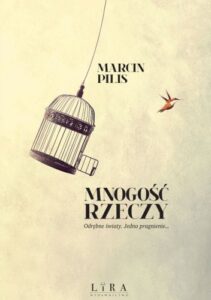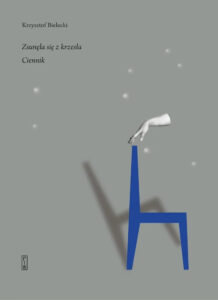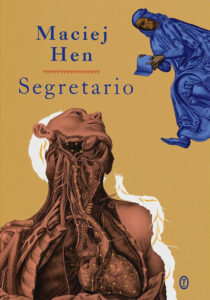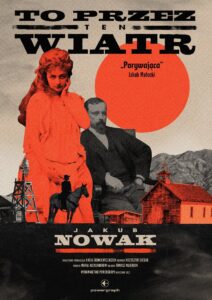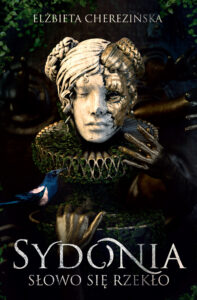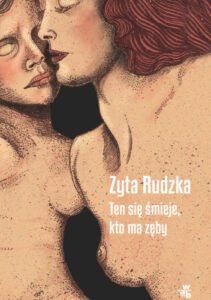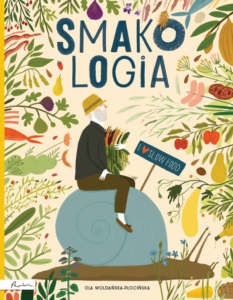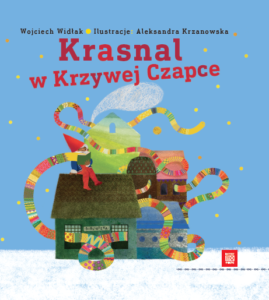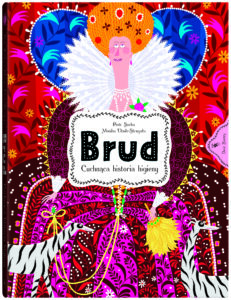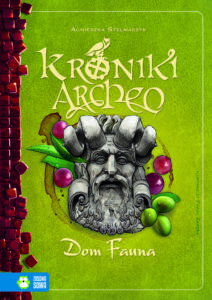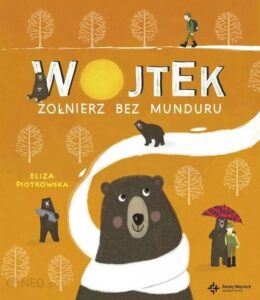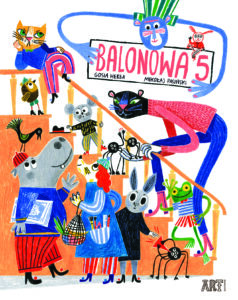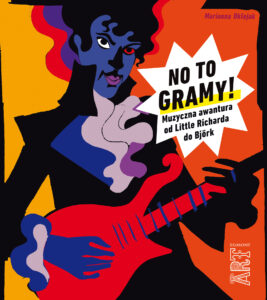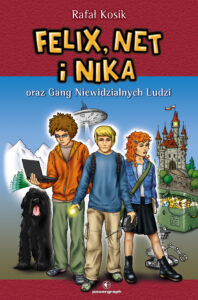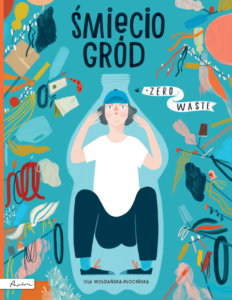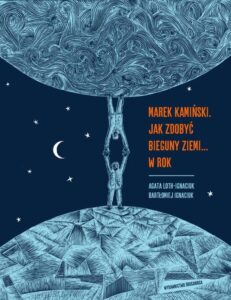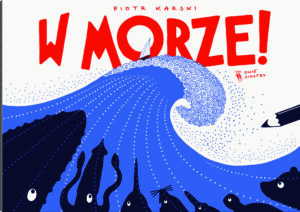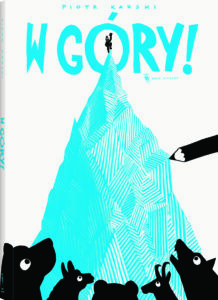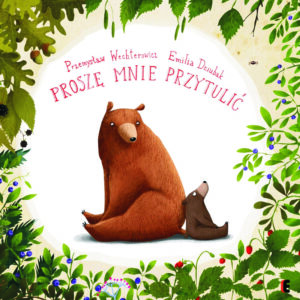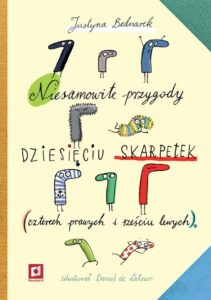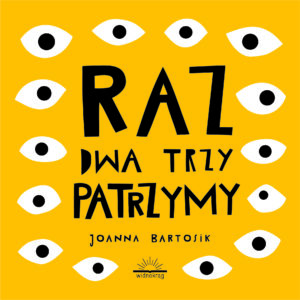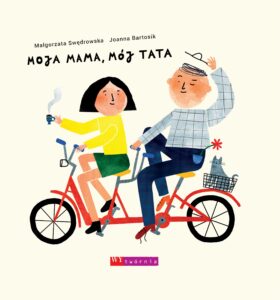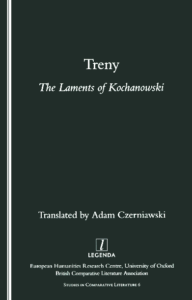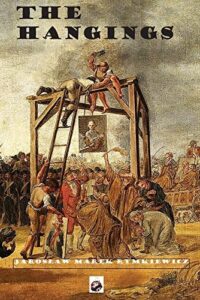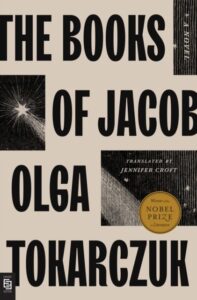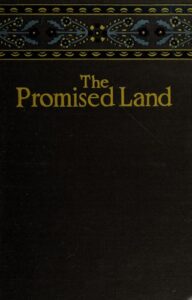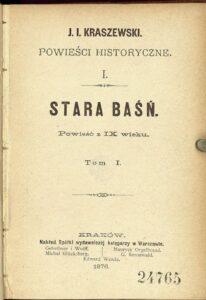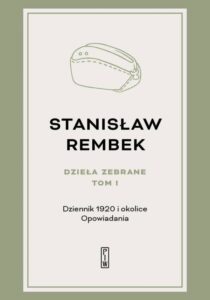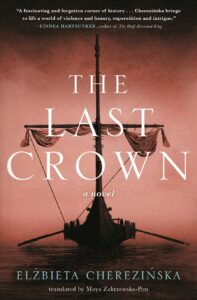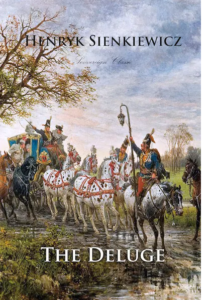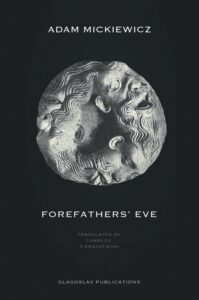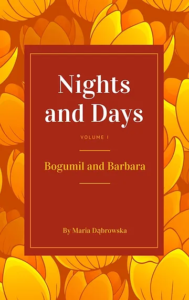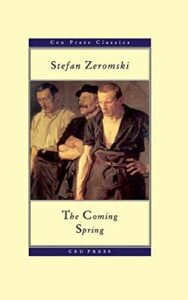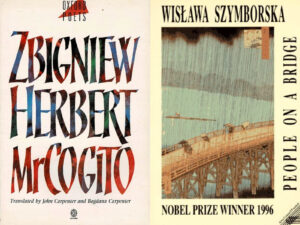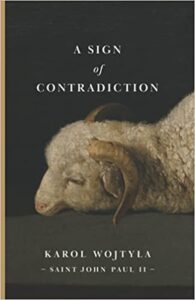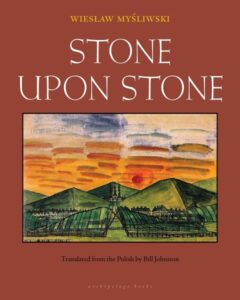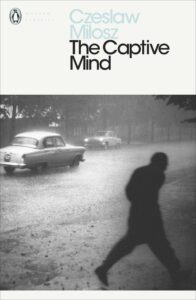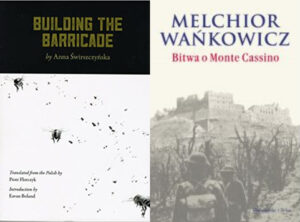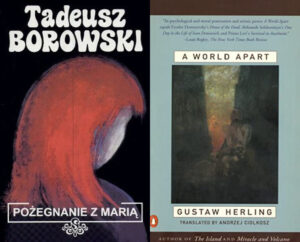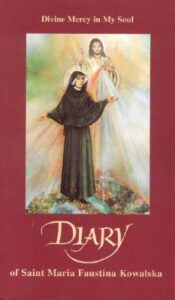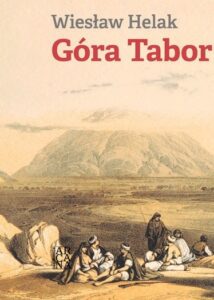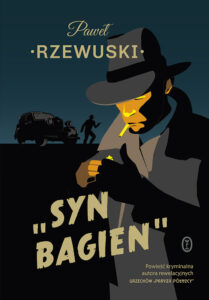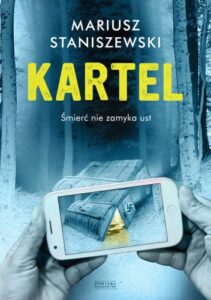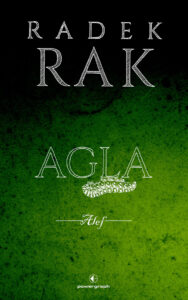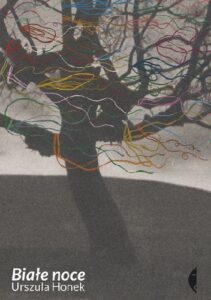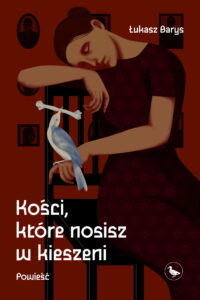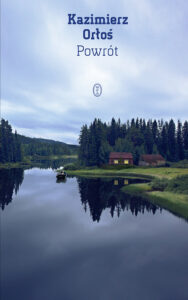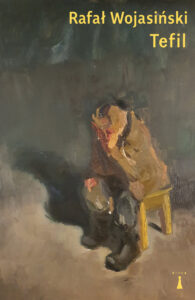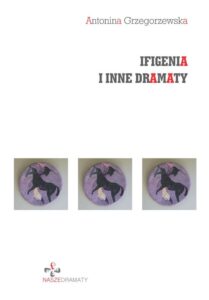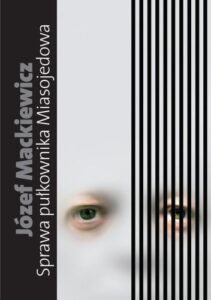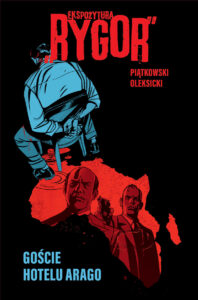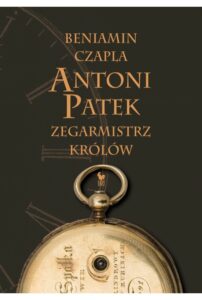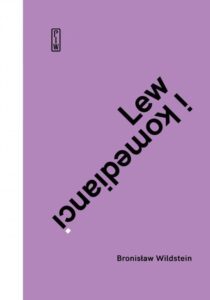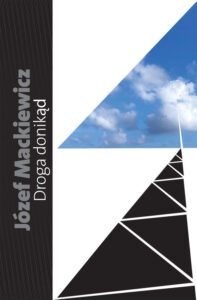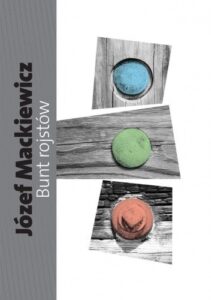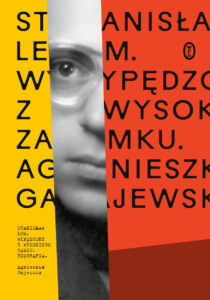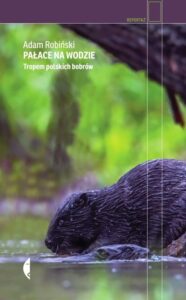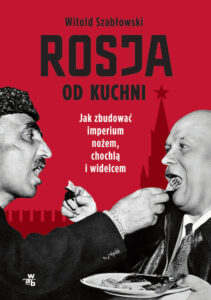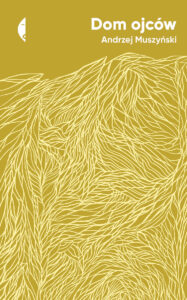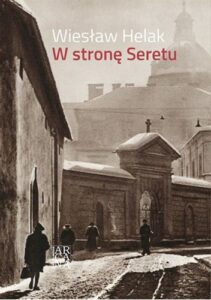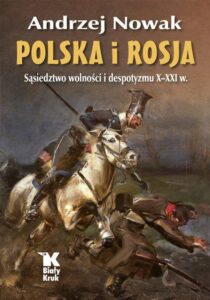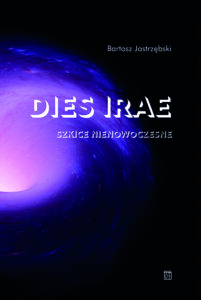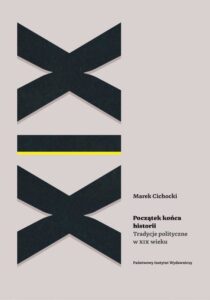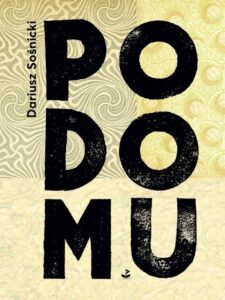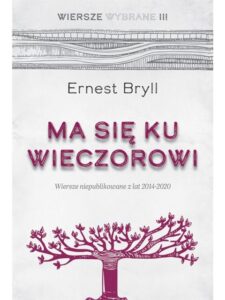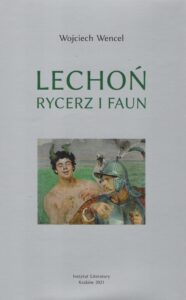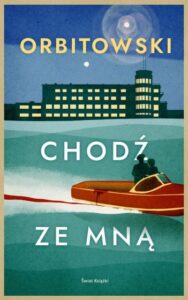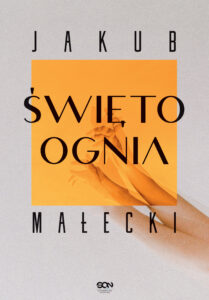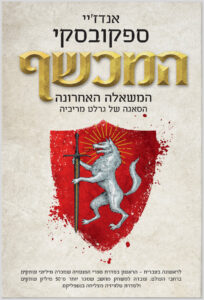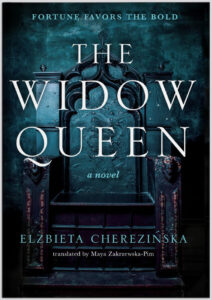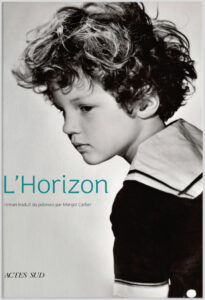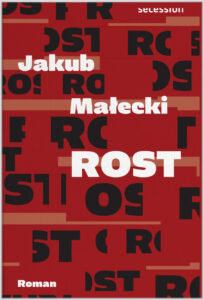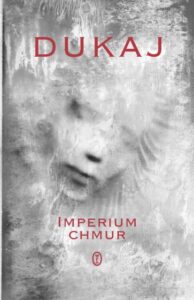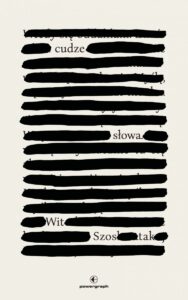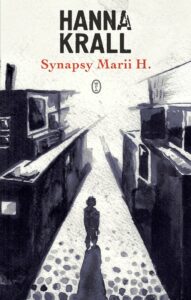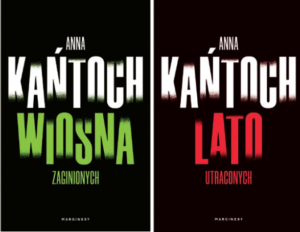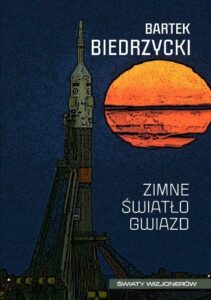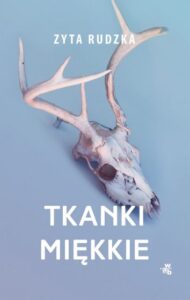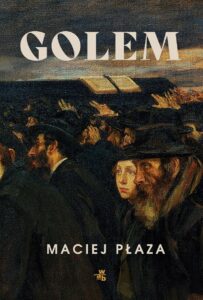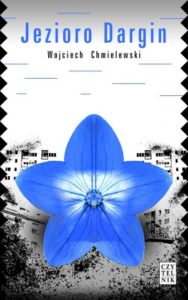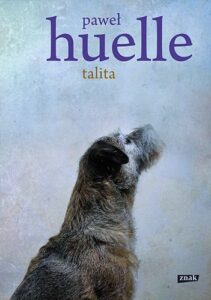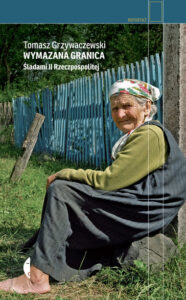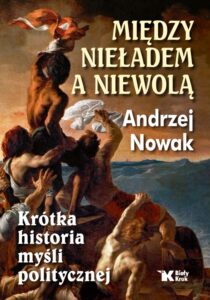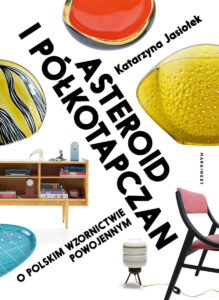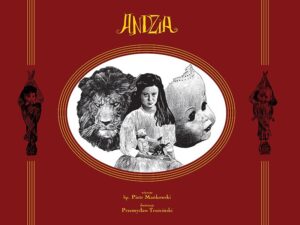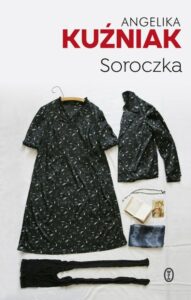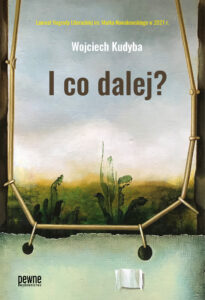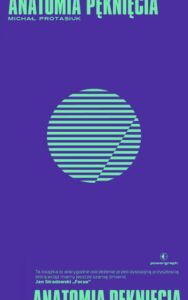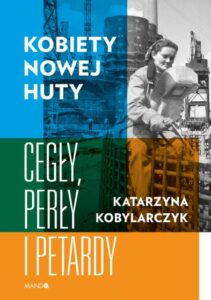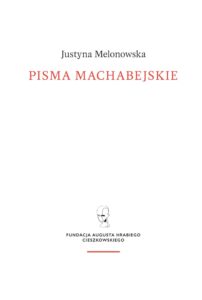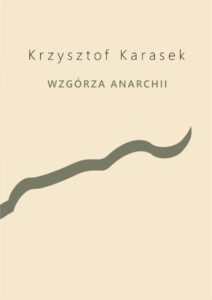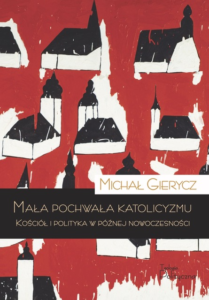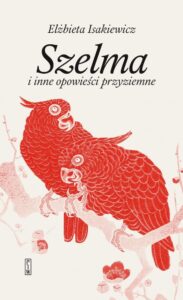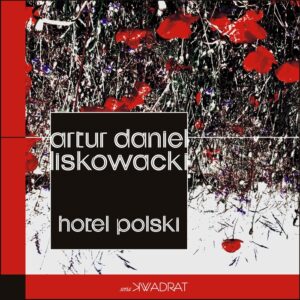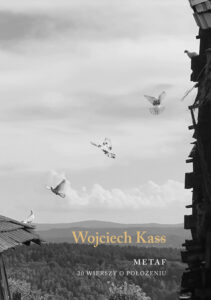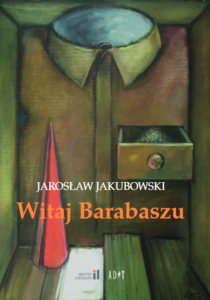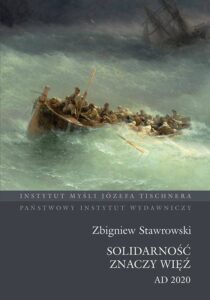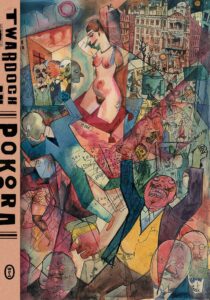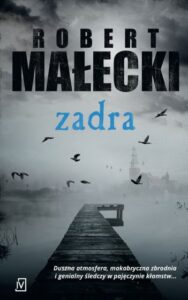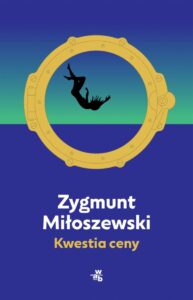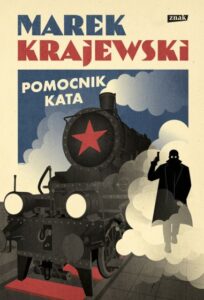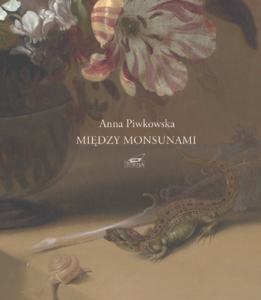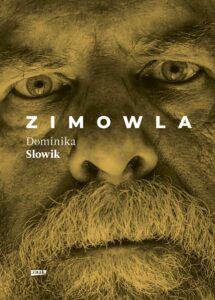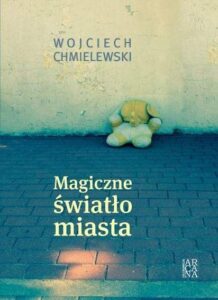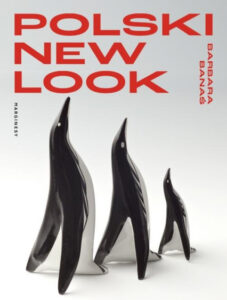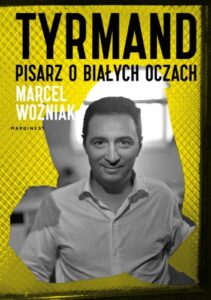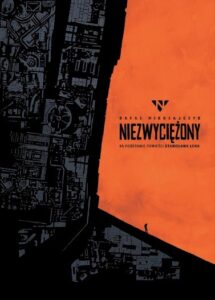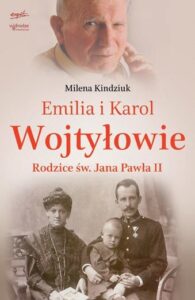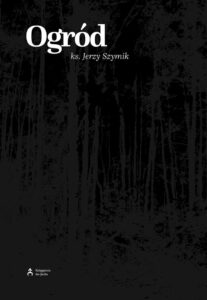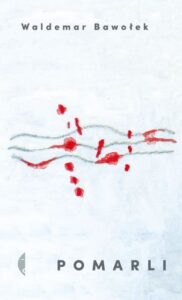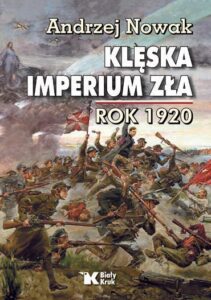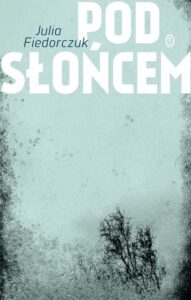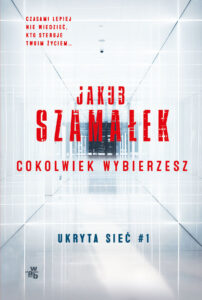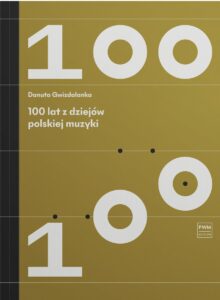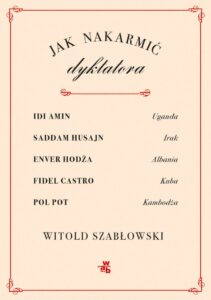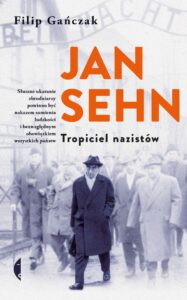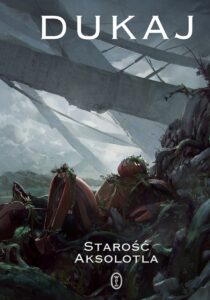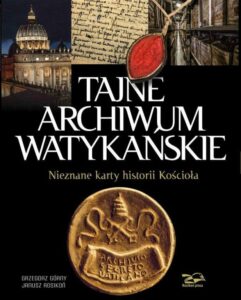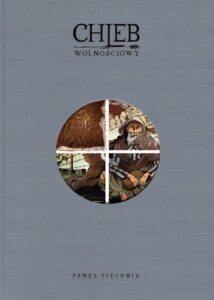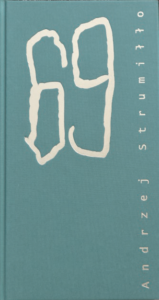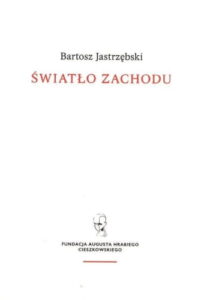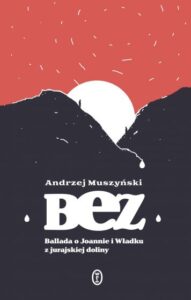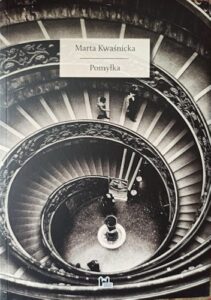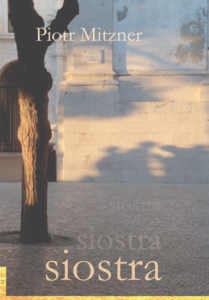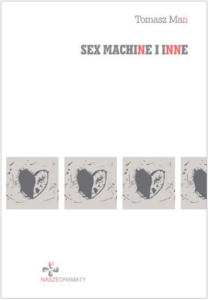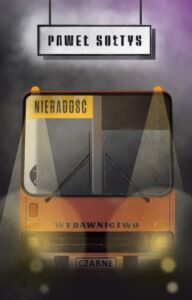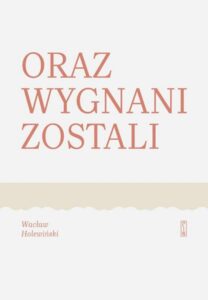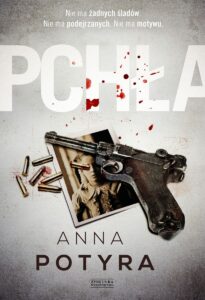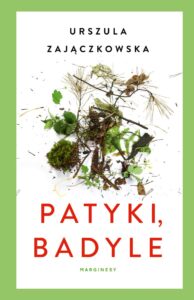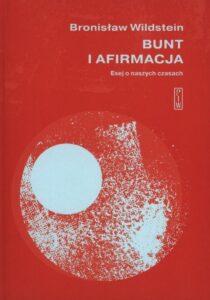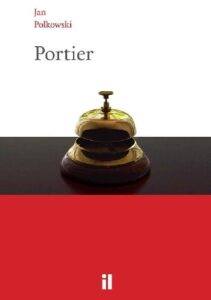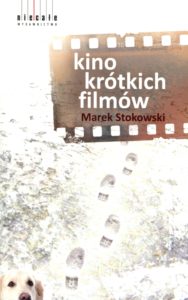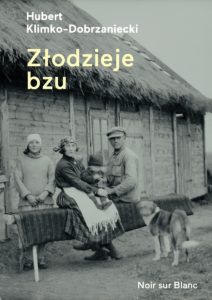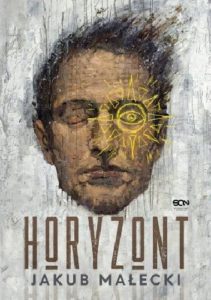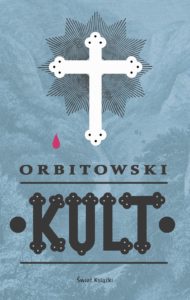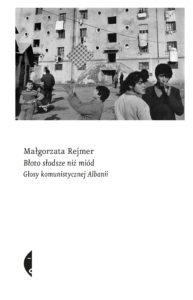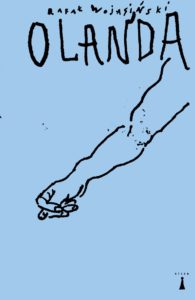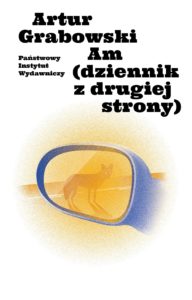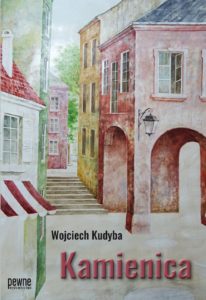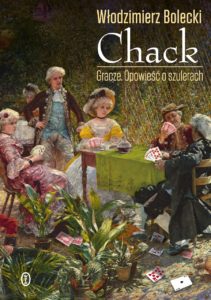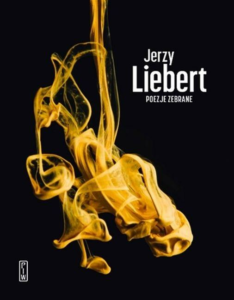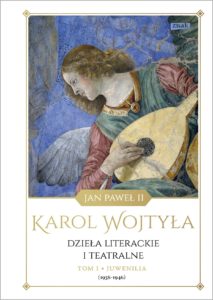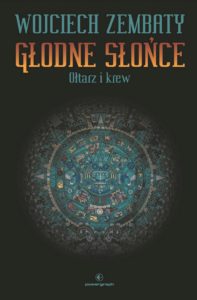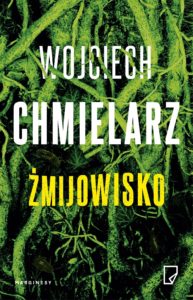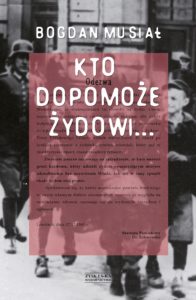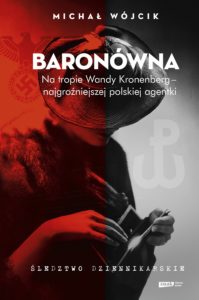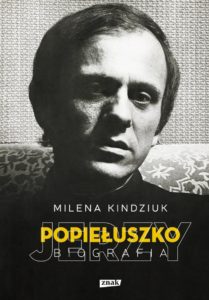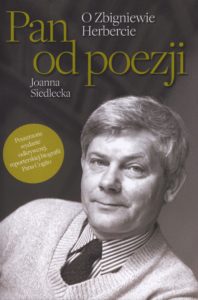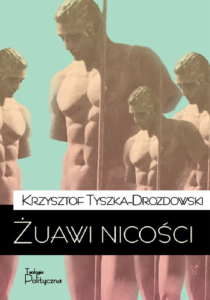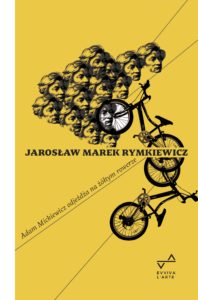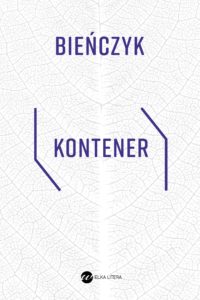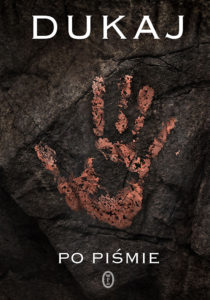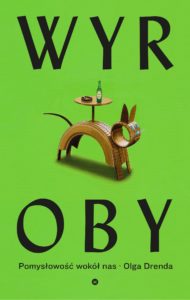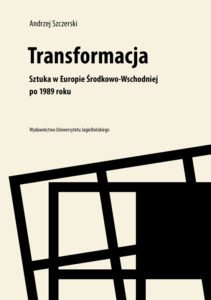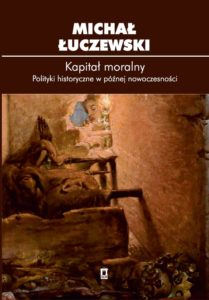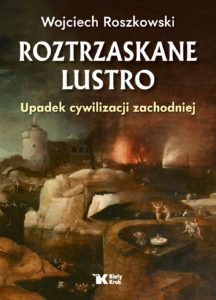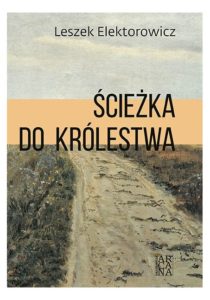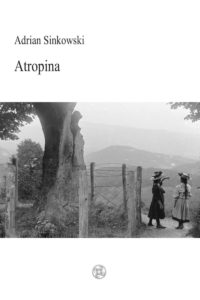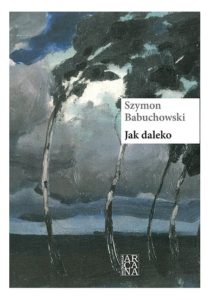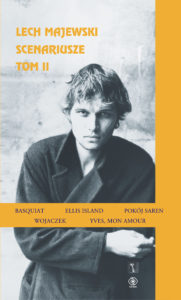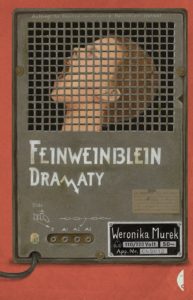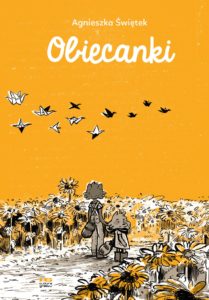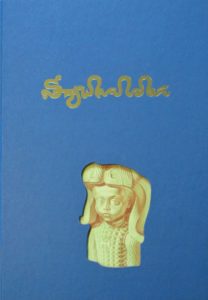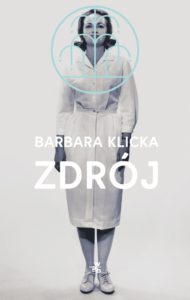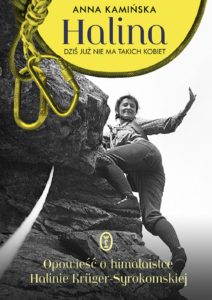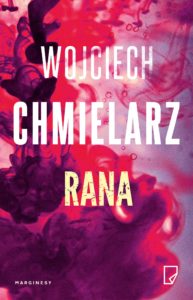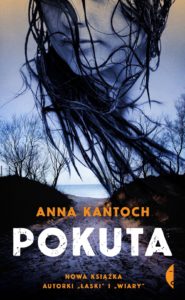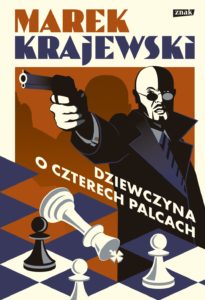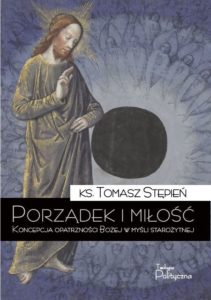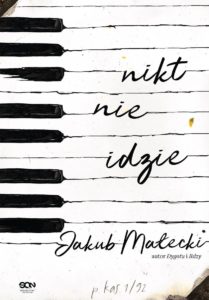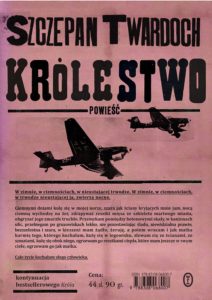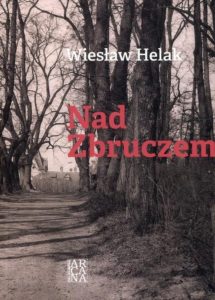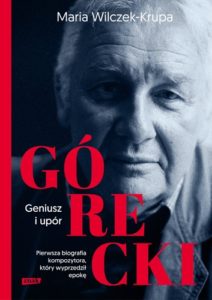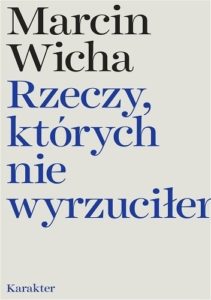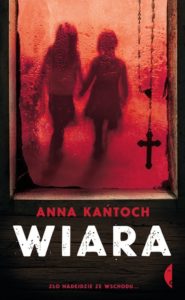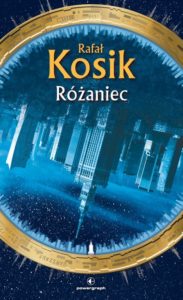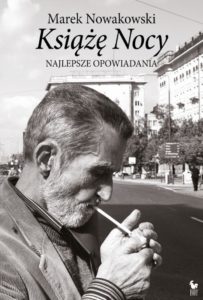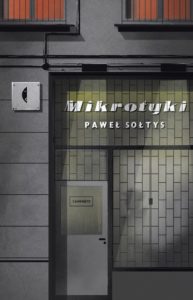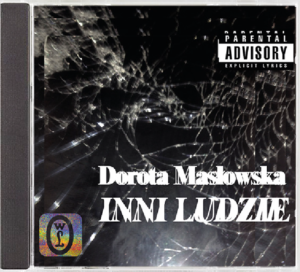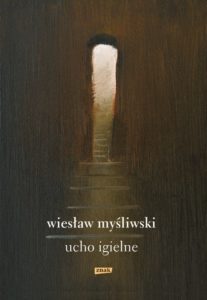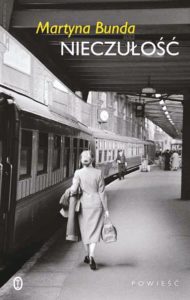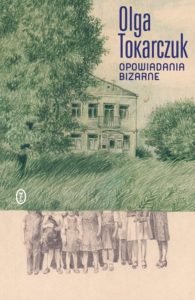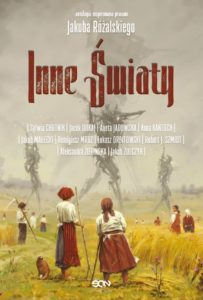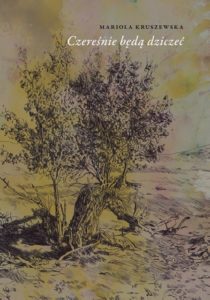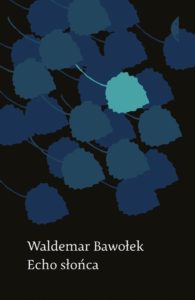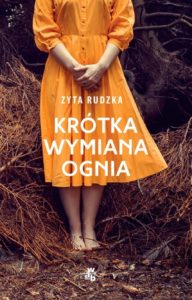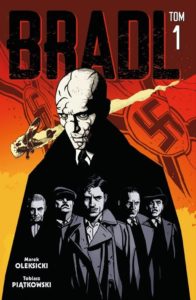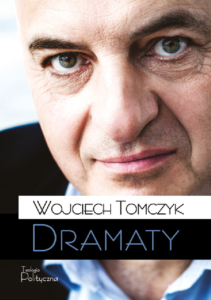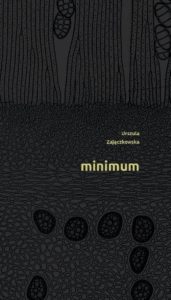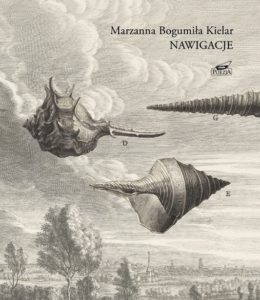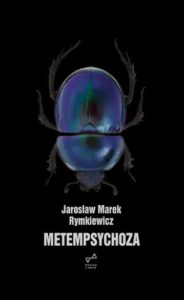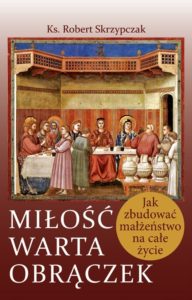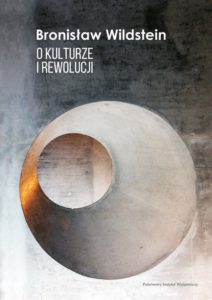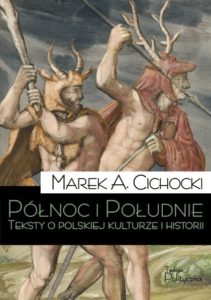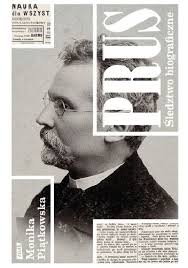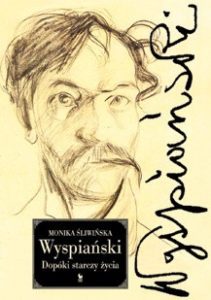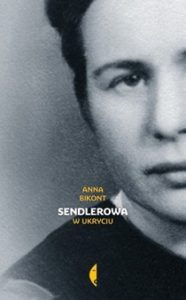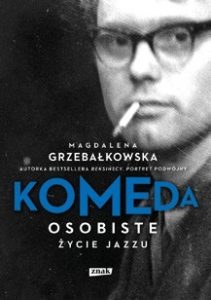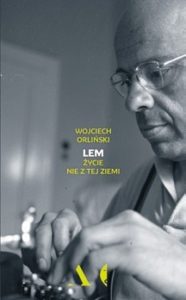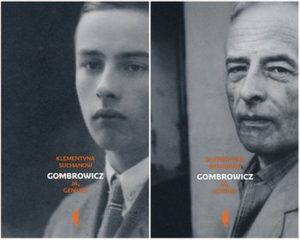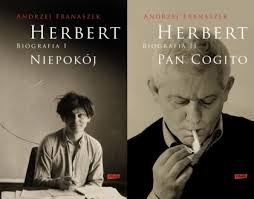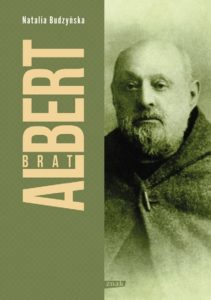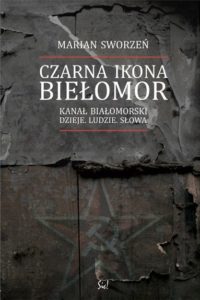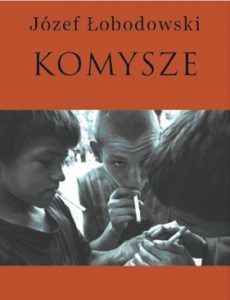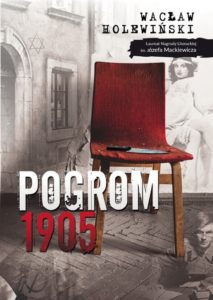A story about the bridges that connect the recollection of past events with the perception of current experience

She left Poland
for America. She was an emigrant and spent Christmas Eve with other emigrants. They got into an argument about the Krakus ham sold in the Polish deli. Some wanted to protest in front of the store because by selling the imported ham the owners were supporting communism, while others doubted that a picket line would spell the downfall of either communism or Krakus ham. The hosts served gołąbki – cabbage rolls – stuffed with kasha and mushrooms from the store. They weren’t bad, either, but hardly a match for the ones Hania’s father used to make. He was a railway repairman who worked on utility poles fixing power lines. He was also a great cook – especially when it came to cabbage rolls. You wouldn’t find any store-bought mushrooms in those! No one had ever heard of such a thing: they would turn their noses up at the very idea. His gołąbki had real mushrooms, wild ones he picked himself in the woods near Pogoria. He also made preserves from his own sour cherries – the kind that deserves to be eaten with good bread and good butter. Hania’s grandmother made the best butter, she kept it in a tin bucket, in water from the well, but the butter from Tąpkowice wasn’t bad either. Aunt Hela delivered milk there, and the dairy sold special butter to its suppliers, and Aunt Hela always shared some with the family.
Someone told about a boy from Ligota. By some miracle he obtained a passport. He came to join his father but couldn’t get used to America, he was so homesick for Ligota. No wonder – people tend to miss Ligota. Especially
the bread. The boy’s father looked all over for the bread his son was missing, and eventually found a
bakery that was pretty far away: it took two hours to get there. He brought back bread with a dark, crackly crust and a lighter crumb – not entirely white, more like a mix of whole wheat and rye – and the boy was so happy he cried. That American bread looked and smelled and even tasted a little like the bread from Ligota.
The wind is blowing
bending but not breaking the branches of the trees. This was the time of year her father would sow tomato seeds in the planters. Her son is lost and confused the way he always gets when there’s wind. He shouts out loud and slaps his palms against both cheeks, over and over, dozens of times per minute, with all his strength. His fingernails are short but they still cut into his skin here and there. She wipes the blood off his cheeks. She goes back to Rovelli and the mystery of time. Time as traces of memory. Interesting. “We are histories of ourselves, narratives.” Very interesting.
Time for her, then, is the story of waiting. In this hospital or that sanatorium, in this plaster cast or the next – waiting for Mother. It is her father’s patience as he shows her a new plant. It is the word “autism” she hears from the lips of an American psychiatrist. (That can be treated, isn’t that right? – but the doctor shrugs his shoulders: not really, there’s no treatment, nothing to be done. What do you mean – nothing! Her son knows how to read and count, he cleans the bathroom and holds the door for her – and you call that NOTHING?). It is she herself reading about the mystery of time and who just a moment ago wrote that her son is lost and confused. Who wrote the word “son.”
Carlo Rovelli explains to her that the brain builds bridges between past and present. The past leaves traces in the synapses, the junctions between the nerve cells. Synapses… Very interesting.
Excerpts translated by Philip Boehm
A story about the bridges that connect the recollection of past events with the perception of current experience

Translation rights: Wydawnictwo Literackie, j.dabrowska@wydawnictwoliterackie.pl
Foreign language translations: Krall’s works have been published in: United Kingdom, USA, Finland, France, Israel, Spain, The Netherlands, Germany, Sweden, Hungary and Italy.
With The Synapses of Maria H., Hanna Krall, the queen of Polish literary reportage, brings us a tale about the present entangled with the past – all told in her distinctive style. “It’s a story,” she contends, “about remembering and not remembering.” The eponymous synapses are the bridges that connect the recollection of past events with the perception of current experience.
The book presents biographical fragments of two women named Maria. The first is a Polish emigrant who has been living for years in the USA; the second is “the mother of her husband.” As dissimilar as the two women seem to be, both possess an incredibly strong instinct for survival.
The first Maria is Maria Twardokęs-Hrabowska, who was an active dissident in communist Poland. She survived internment, emigration, and the subsequent yearning for the familiar, for her homeland. She had to grapple with her own illness, and later with her son’s autism. She is a complex character, sensitive to reality. She’s also someone Krall had written about years earlier, in Katar sienny [Hay Fever], which went to press in 1981 – but then came martial law and the censor intervened and all extant copies were destroyed.
The second Maria is Maria Hrabowska, mother-in-law of the first Maria, a woman whose life was marked by two horrors. The first she experienced in occupied Warsaw. Despite the passage of years, her recollections of wartime atrocities, of the ghetto, of Umschlagplatz never lost any of their intensity. Even though memory and time can play tricks on us (“the mother of her husband doesn’t remember how her mother died”), traces of the past were not erased. Her second experience of terror came 60 years later, on September 11, 2001, as she was climbing down the stairs of one of the World Trade Center towers. The experiences of that day reminded her of the war: it was “as though I was walking through the Aryan side after leaving the ghetto.”
Reading this book we encounter the stories of these two women, all tangled together: some of the threads are intertwined, others are seemingly independent. But neither has an easy tale to tell.
Łucja Gawkowska
Translated by Philip Boehm
Selected samples
She climbed her first peaks in a headscarf at a time when women in the mountains were treated by climbers as an additional backpack. It was with her that female alpinism began! She gained recognition in a spectacular way. The path was considered a crossing for madmen. Especially since the tragic accident in 1929, preserved … Continue reading “Halina”
First, Marysia, a student of an exclusive private school in Warsaw’s Mokotów district, dies under the wheels of a train. Her teacher, Elżbieta, tries to find out what really happened. She starts a private investigation only soon to perish herself. But her body disappears, and the only people who have seen anything are Gniewomir, a … Continue reading “Wound”
A young girl, Regina Wieczorek, was found dead on the beach. She was nineteen years old and had no enemies. Fortunately, the culprit was quickly found. At least, that’s what the militia think. Meanwhile, one day in November, Jan Kowalski appears at the police station. He claims to have killed not only Regina but also … Continue reading “Penance”
The year is 1922. A dangerous time of breakthrough. In the Eastern Borderlands of the Republic of Poland, Bolshevik gangs sow terror, leaving behind the corpses of men and disgraced women. A ruthless secret intelligence race takes place between the Lviv-Warsaw-Free City of Gdańsk line. Lviv investigator Edward Popielski, called Łysy (“Hairless”), receives an offer … Continue reading “A Girl with Four Fingers”
This question is closely related to the next one, namely: if any goal exists, does life lead us to that goal in an orderly manner? In other words, is everything that happens to us just a set of chaotic events that, combined together, do not form a whole? To understand how the concept of providence … Continue reading “Order and Love”
The work of Józef Łobodowski (1909-1988) – a remarkable poet, prose writer, and translator, who spent most of his life in exile – is slowly being revived in Poland. Łobodowski’s brilliant three- volume novel, composed on an epic scale, concerns the fate of families and orphans unmoored by the Bolshevik Revolution and civil war and … Continue reading “Ukrainian Trilogy: Thickets, The Settlement, The Way Back”
